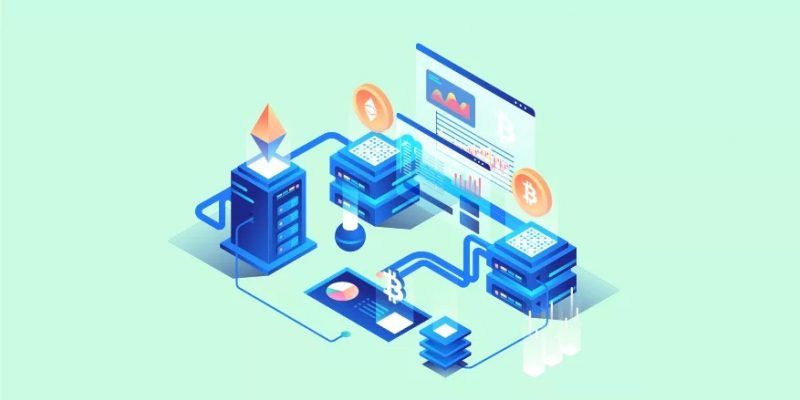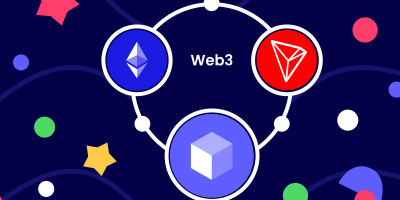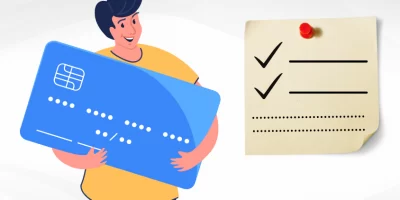In the dynamic landscape of finance and technology, asset tokenization on the blockchain has emerged as a revolutionary concept, transforming traditional investment structures and opening up new avenues for both investors and businesses.
This Ultimate Guide aims to delve into the intricacies of asset tokenization, shedding light on its significance, the blockchain technology that underpins it, and insights from Asset Tokenization Expert Harman Puri.
Understanding Asset Tokenization
Asset tokenization involves converting the rights to an asset into a digital token on a blockchain.
This token represents a share or ownership in the asset and can be traded or transferred with the transparency and security provided by blockchain technology.
The range of assets that can be tokenized is vast, including real estate, art, stocks, commodities, and more.
The Advantages of Asset Tokenization
1. Liquidity: One of the primary benefits of asset tokenization is enhanced liquidity. Traditional assets, such as real estate, often suffer from a lack of liquidity.
By tokenizing these assets, they can be traded on secondary markets 24/7, allowing for increased liquidity and flexibility in investment strategies.
2. Accessibility: Asset tokenization democratizes access to investments.
Fractional ownership enables investors to participate in high-value assets with smaller capital contributions, breaking down barriers to entry and creating a more inclusive investment landscape.
3. Transparency and Security: Blockchain’s decentralized and transparent nature ensures that every transaction is recorded on a tamper-resistant ledger.
This transparency reduces fraud, ensures the integrity of ownership records, and builds trust among participants in the ecosystem.
4. Smart Contracts: Asset tokenization often involves the use of smart contracts, self-executing contracts with the terms of the agreement directly written into code.
These contracts automate various processes, such as dividend distribution and compliance, reducing the need for intermediaries and streamlining operations.
Blockchain Technology in Asset Tokenization
Blockchain serves as the underlying technology for asset tokenization, providing the necessary infrastructure for creating and managing digital tokens.
Here are the key features of blockchain technology in asset tokenization:
1. Decentralization: Blockchain operates on a decentralized network of computers, eliminating the need for a central authority.
This decentralization ensures that no single entity has control over the entire network, enhancing security and reducing the risk of manipulation.
2. Immutability: Once information is recorded on the blockchain, it cannot be altered or deleted.
This immutability ensures the integrity of ownership records and prevents fraudulent activities, providing a reliable and transparent record of transactions.
3. Smart Contracts: Smart contracts, executed automatically when predefined conditions are met, play a crucial role in asset tokenization.
They enable the self-execution of agreements, reducing the need for intermediaries and automating various processes in the asset lifecycle.
4. Token Standards: Blockchain platforms often adhere to specific token standards, such as ERC-20 or ERC-721 on the Ethereum blockchain.
These standards define the rules and functionalities of tokens, ensuring interoperability and compatibility within the blockchain ecosystem.
Insights from Asset Tokenization Expert Harman Puri
In the realm of asset tokenization, Harman Puri stands out as a distinguished expert, bringing a wealth of knowledge and experience to the table.
As a thought leader in the blockchain and asset tokenization space, Puri has contributed significantly to the development and understanding of this transformative technology.
Harman Puri emphasizes the importance of regulatory compliance in the asset tokenization process.
Regulatory frameworks vary across jurisdictions, and navigating these complexities is crucial for the widespread adoption of tokenized assets.
Puri’s insights underscore the need for collaboration between industry stakeholders, regulators, and legal experts to create a conducive environment for the growth of asset tokenization.
Moreover, Puri highlights the role of education in fostering understanding and acceptance of asset tokenization.
As this technology continues to disrupt traditional finance, educating investors, businesses, and regulators becomes imperative.
Puri advocates for transparent communication about the benefits and risks associated with asset tokenization to build trust and facilitate informed decision-making.
Case Studies in Asset Tokenization
To illustrate the real-world impact of asset tokenization, let’s explore a couple of case studies:
1. Real Estate Tokenization: Consider a commercial property worth millions of dollars. Traditionally, only large institutional investors could afford to invest in such assets.
However, through tokenization, the property can be divided into digital tokens, allowing individual investors to buy fractional ownership.
This democratization of real estate investment provides access to a broader pool of investors and enhances liquidity in the market.
2. Artwork Tokenization: High-value artworks are often confined to private collections or museums.
By tokenizing these artworks, investors can own a share of the masterpiece. The tokens represent ownership rights and can be traded on blockchain-based art marketplaces.
This not only broadens investment opportunities but also promotes the democratization of art ownership.
Challenges and Future Outlook
While asset tokenization offers numerous benefits, it is not without its challenges. Regulatory uncertainties, technological barriers, and the need for widespread adoption are hurdles that the industry must overcome.
However, as blockchain technology matures and regulatory frameworks evolve, the future looks promising for asset tokenization.
Conclusion
The ultimate guide to asset tokenization on the blockchain provides a comprehensive overview of this transformative technology.
From understanding the basics to exploring the advantages, blockchain’s role, insights from expert Harman Puri, and real-world case studies, this guide aims to equip readers with the knowledge needed to navigate the evolving landscape of asset tokenization.














Comments